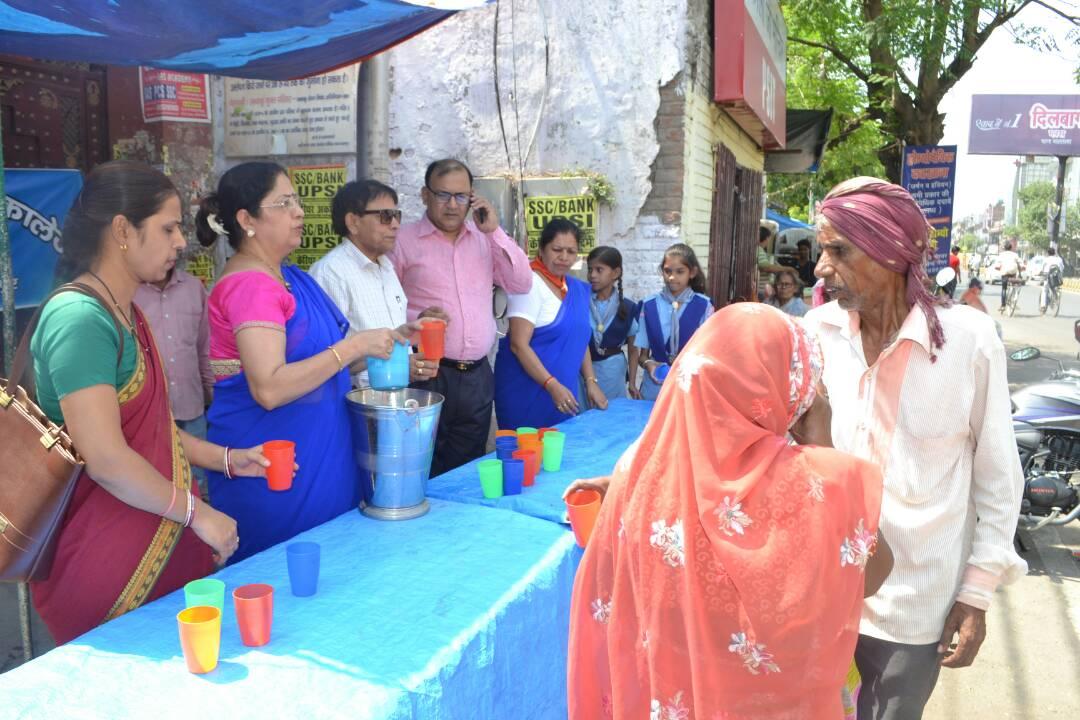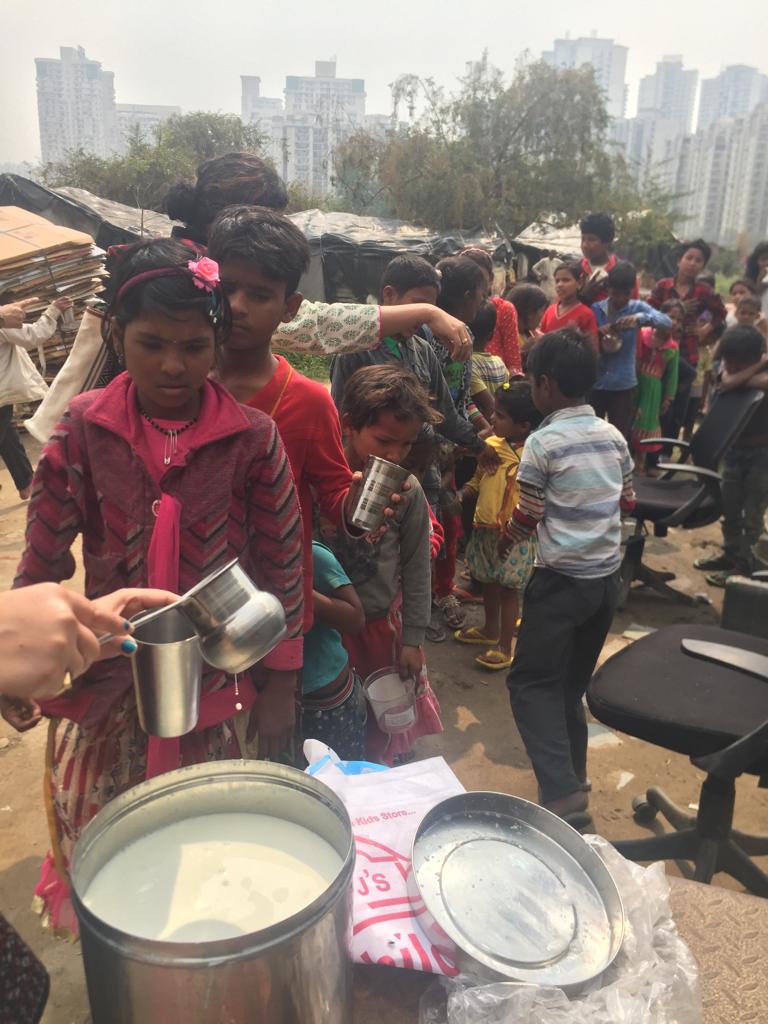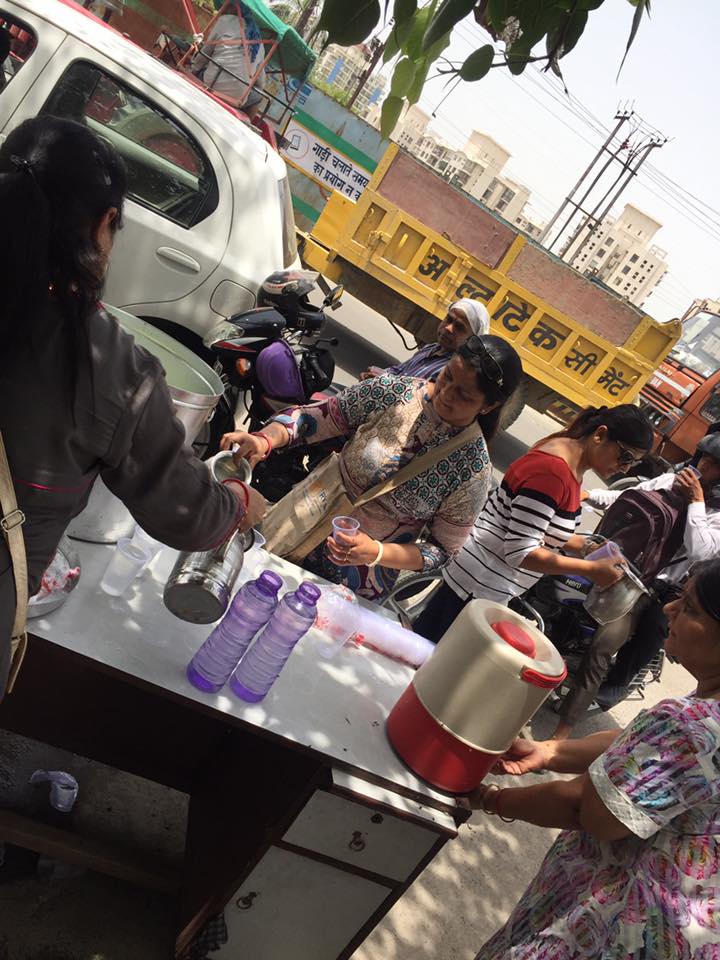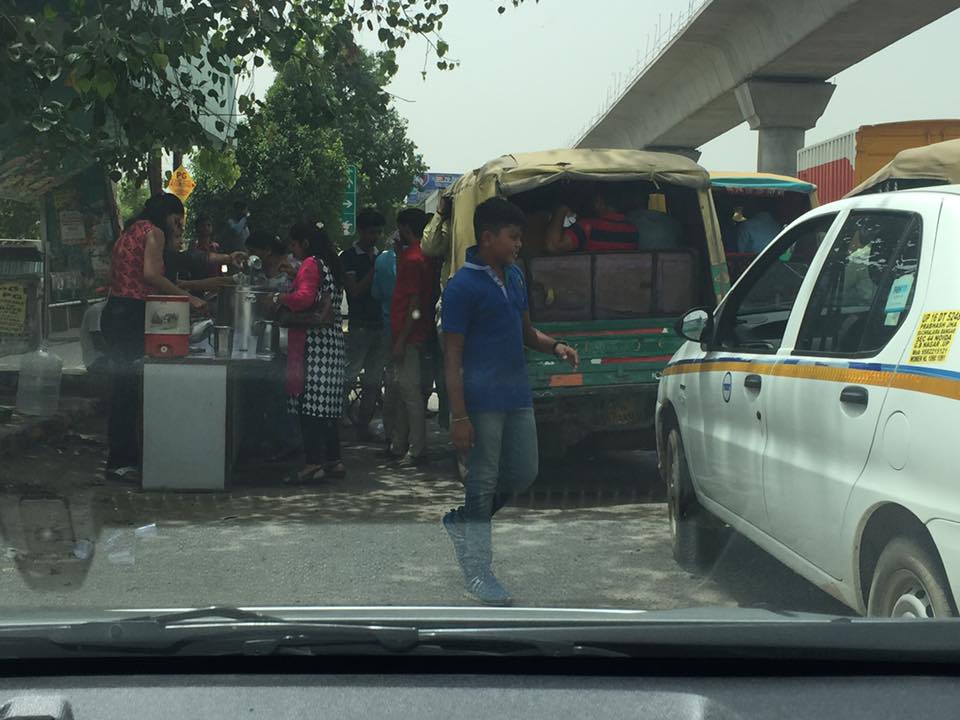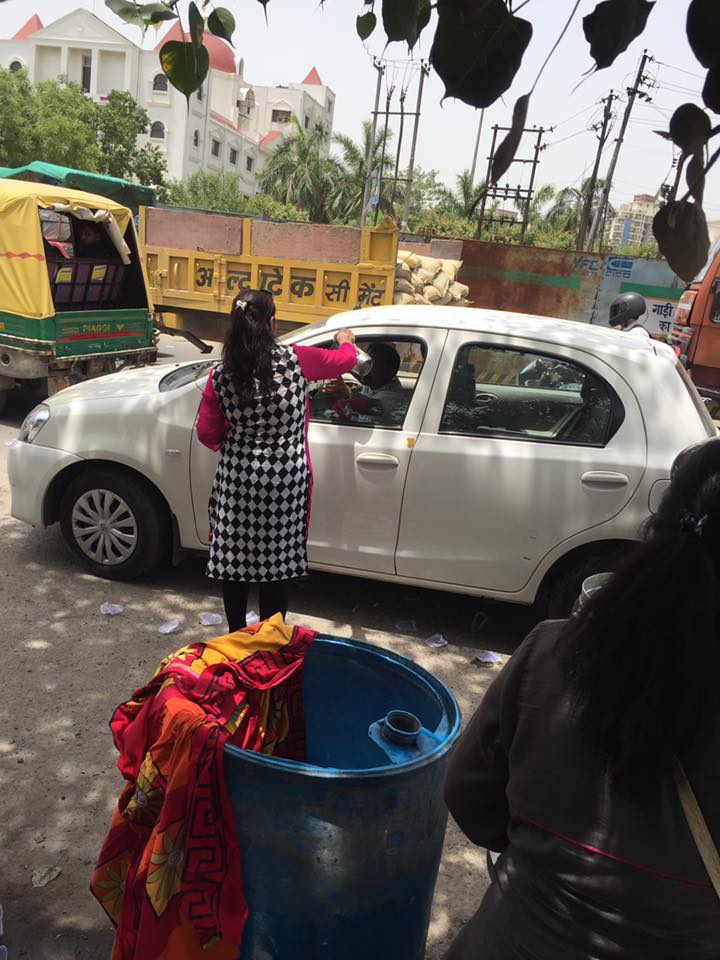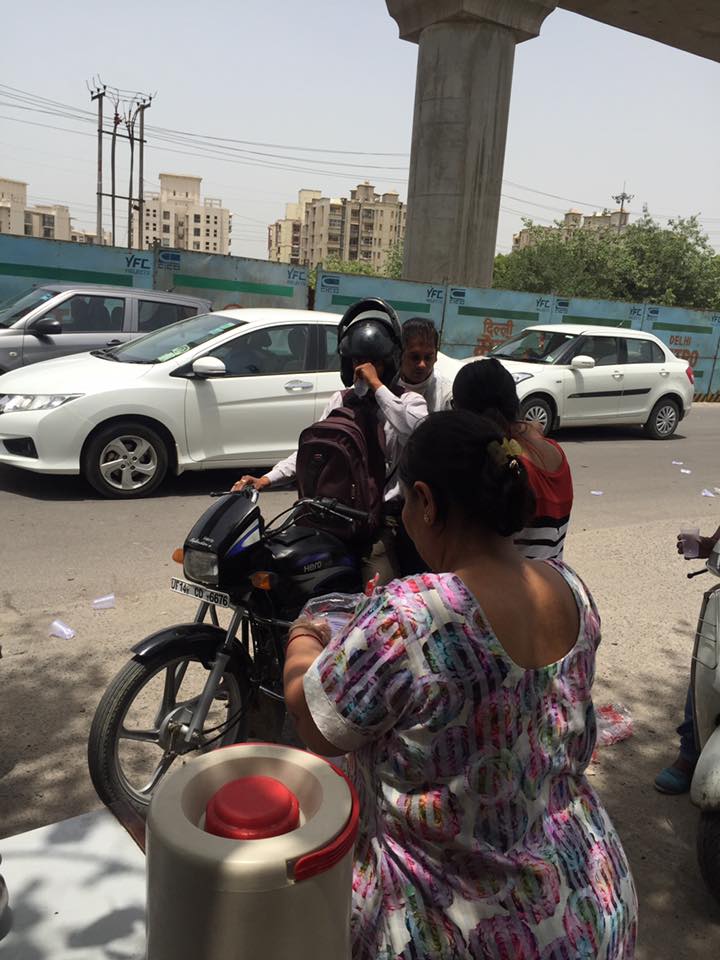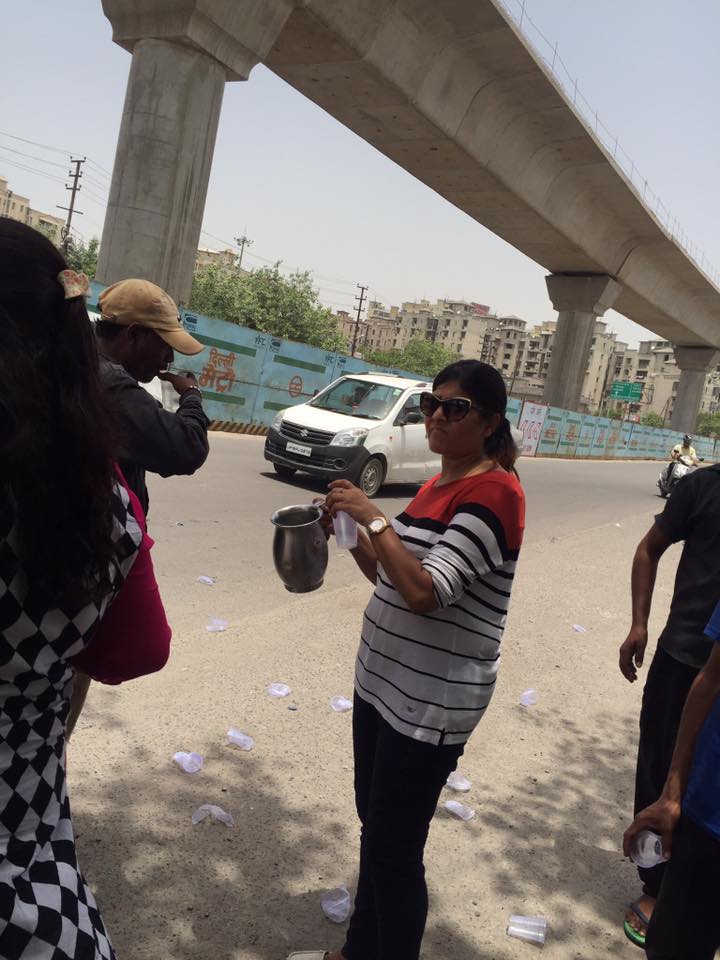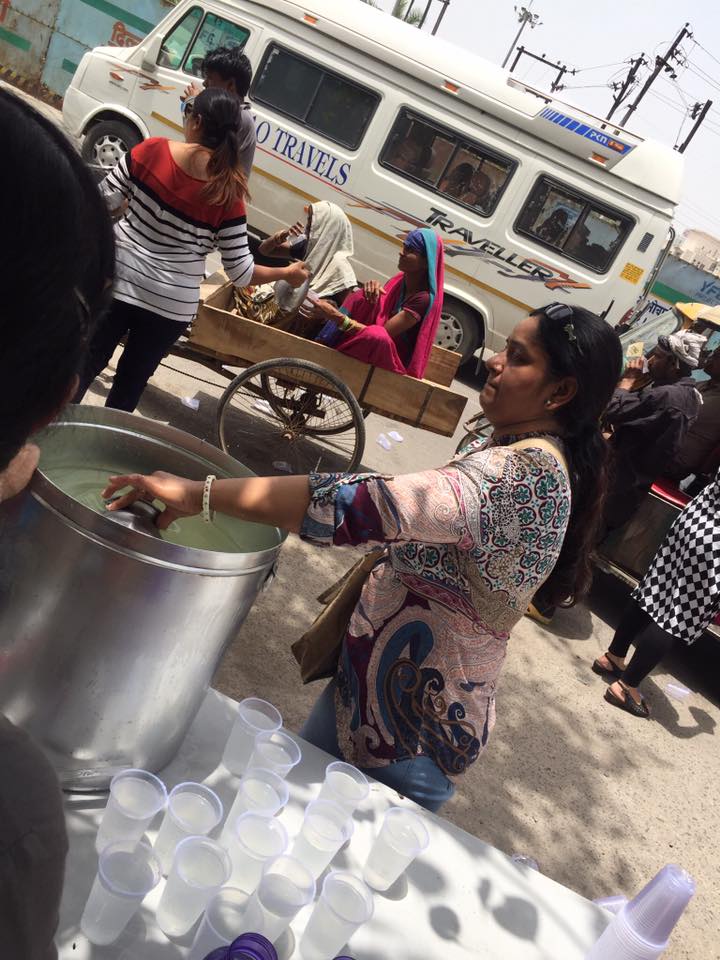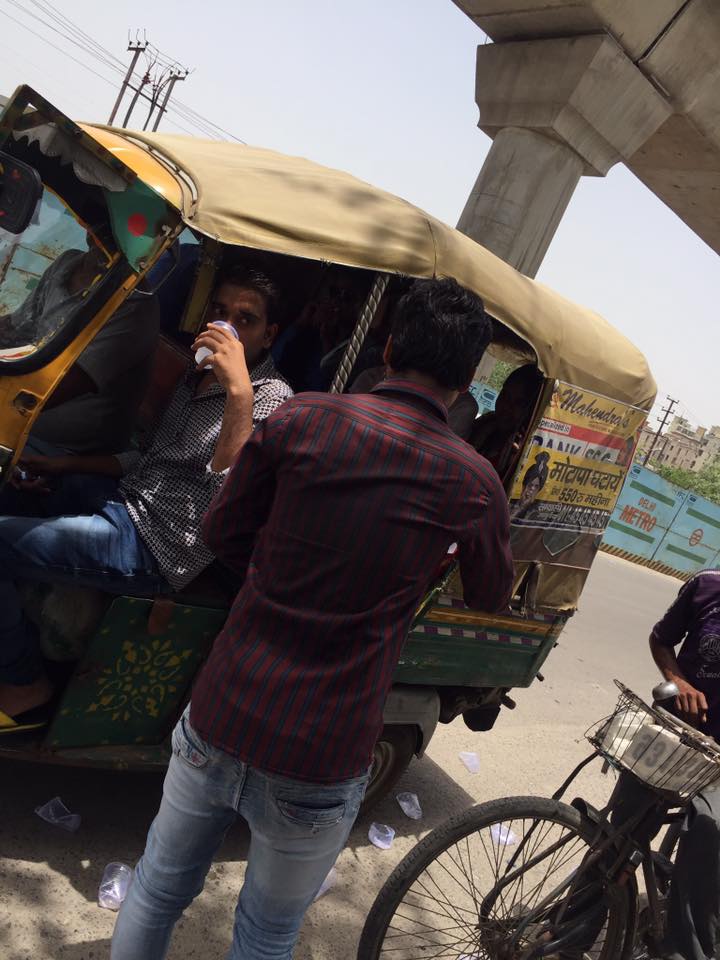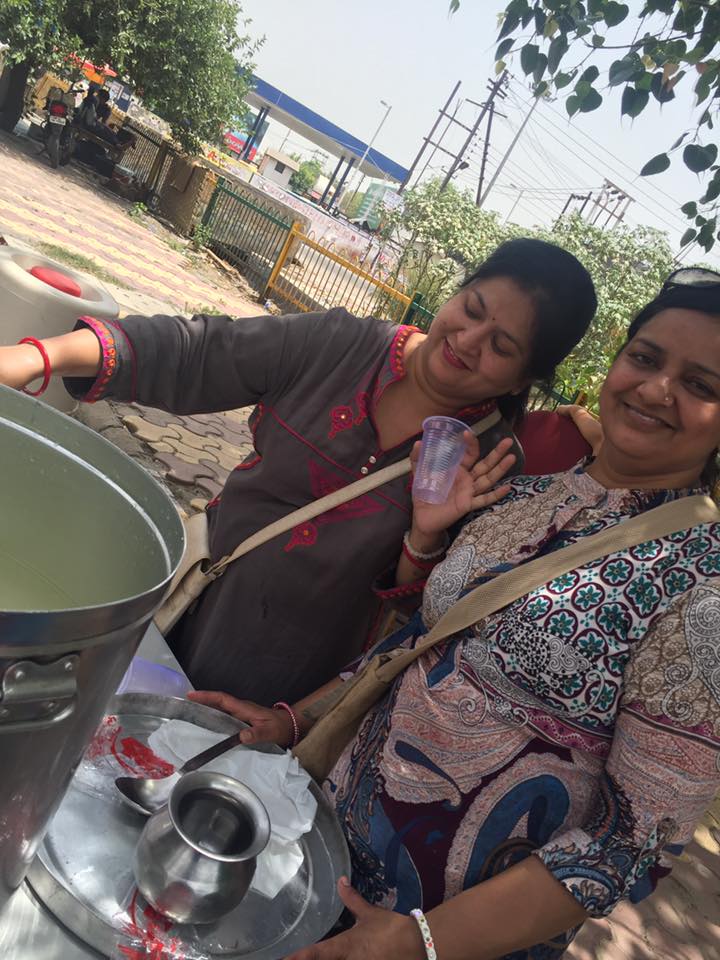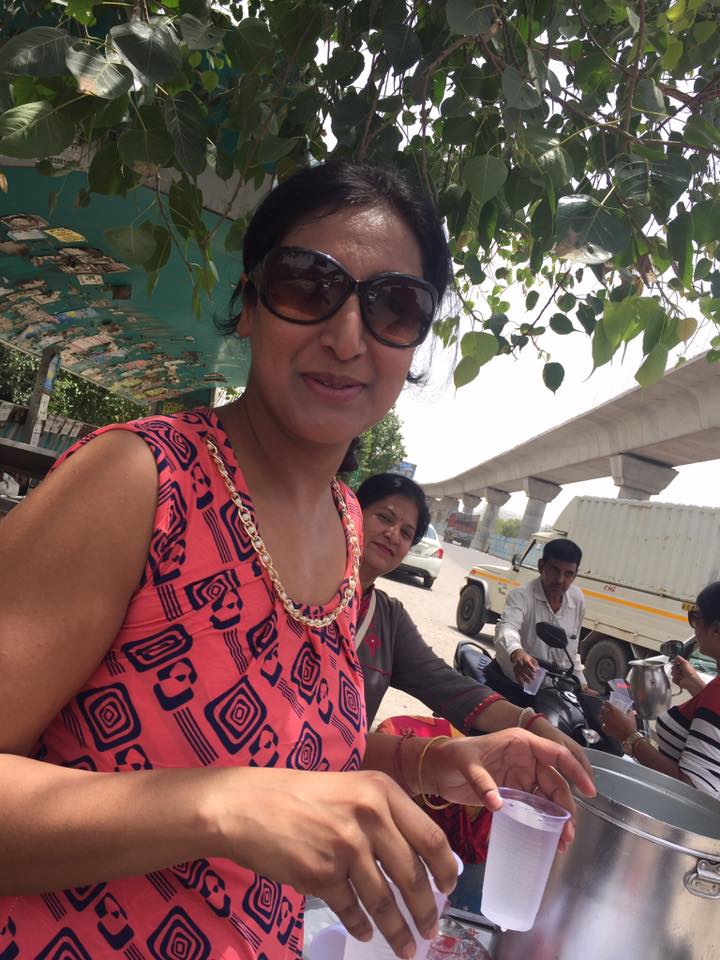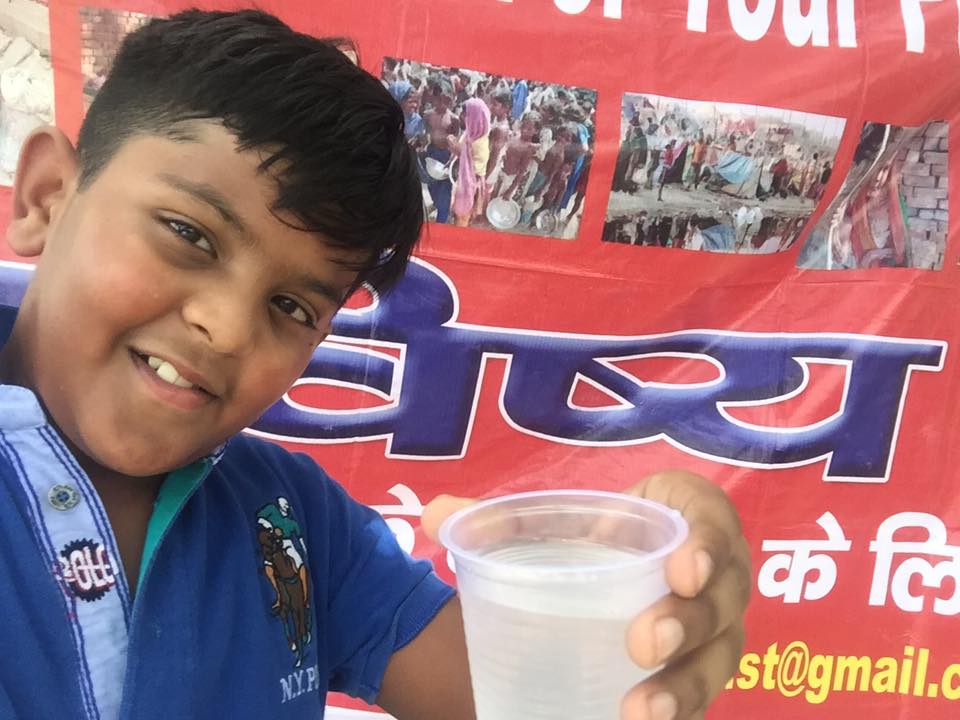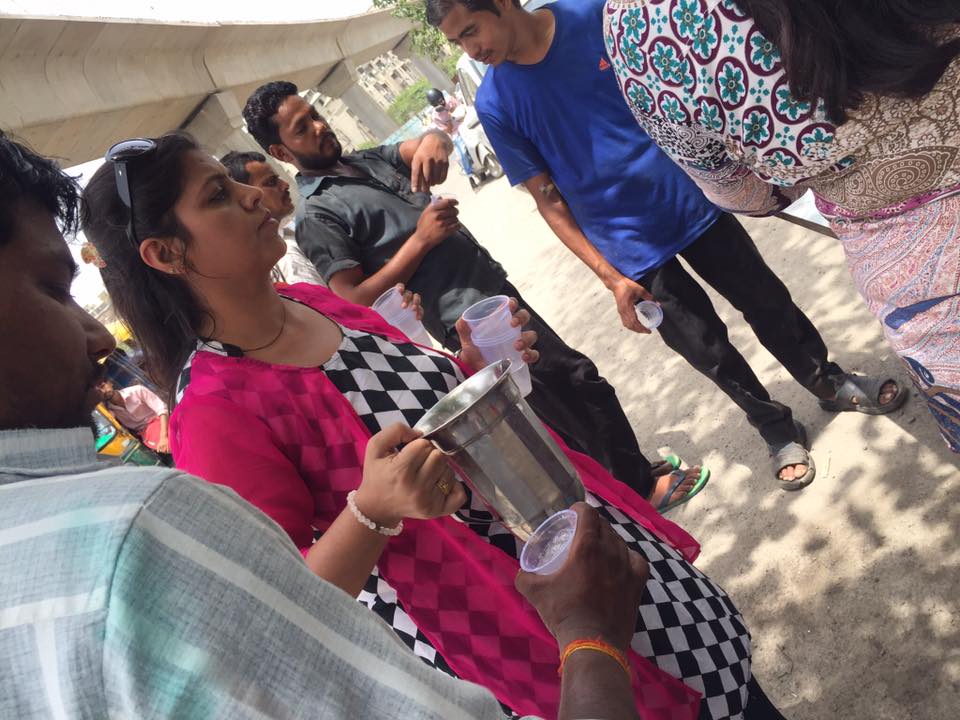When dealing with large groups of people, water emergencies might require small-scale centralized water treatment and supply systems to provide appropriate quantities of drinking water. These options can provide communities, camps, or a group of households with up to 100m3 drinking water per day. Although expensive, these (mainly) modular units prove to be useful in the immediate stages of an emergency and when displaced populations are considered to stay in the same place for several weeks. They are also suitable to treat industrially polluted water or to supply specific units e.g. health centers. Newer technologies (e.g. membrane or reverse osmosis water purification) are subject to research and further development at present.
Water and sanitation also water supply and purification in emergencies and sanitation in emergencies are critical constituents for survival immediately after and during the initial stages of a disaster (GWC 2009). Therefore, the availability of sufficient water of the highest achievable standard in the immediate aftermath of a disaster is a crucial factor to take care of the sick, providing for human consumption, safeguarding basic hygiene, supporting search & rescue efforts, and ensuring that both the productive and commercial activities get back to normal as fast as possible.
Where larger groups of people are displaced, either by conflict or by natural disaster and they are likely to stay in a particular location for periods in excess of a few weeks, there will be a need to establish and probably subsequently upgrade centralized water treatment and supply system (OXFAM 2001). There are many types of water treatment and purification systems available, however, the methods are not too different. The choice of the most adequate system depends on the number of people to be delivered with treated water.

